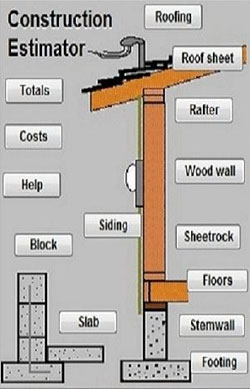In my experience, the best convention for cost codes are numeric. The Fluor legacy codes are the most comprehensive and flexible because of the order of the prime / sub-prime / detail / cost type. The entire cost code including the cost type is contained in 6 characters as follows:
- 101001
- 1= Prime (Concrete)
- 10= Sub-Prime (Concrete / General Account)
- 10-100= Prime / Sub-Prime with 3 digit Detail (Concrete / General Account / Testing)
To elaborate, the prime supports the natural order of construction as follows:
Direct Accounts
- 0 account - Site @ Civil
- 1 account - Concrete
- 2 account - Structural
- 3 account - Architectural
- 4 account - Mechanical
- 5 account - Piping
- 6 account - Electrical
- 7 account - Instrumentation
- 8 account - Painting, Tracing, Insulation (Other Directs)
Indirect Accounts
9 account - All Indirect costs
Further to the First character, the sub-prime breaks down the prime into a further 10 sub-primes. In the case of an account like electrical, you can establish meaningful commodity based categories at the sub-prime level as follows.
- 60 = Electrical General
- 61 = Major Electrical Equipment
- 63 = Power and control Cable
- so on and so on...
- 10-100- 1- Prime / Sub-Prime with 3 digit Detail & Cost Type (Concrete / General Account / Testing / Labour)
- Personally, I have used the Fluor legacy codes throughout my entire career across a variety of industries ad projects of all sizes. They truly are a set of codes that could be adopted by the AACE or the CII as a best practice coding convention !!!
- I am happy to answer any questions on applying these codes at any phase of a project.

~~~~~~~~~~~~~~~~~~~~~~
Published By
Rajib Dey
www.quantity-takeoff.com
~~~~~~~~~~~~~~~~~~~~~~
No comments:
Post a Comment